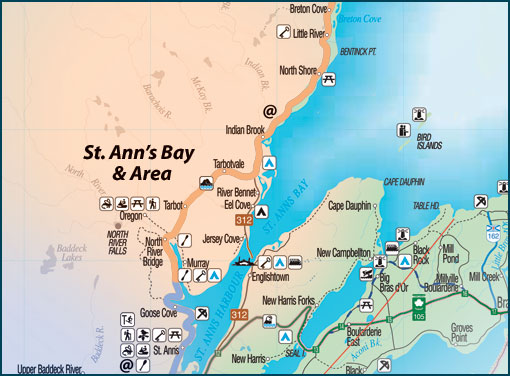
Parish Name: St. Ann
Capital: St. Ann’s Bay
Land Area: 1,210.25 sq km (467.3 sq mi)
Population: 173,232
History
St. Ann was named after Ann Hyde, wife of James II, King of England and is recognized as the largest of all the parishes. It is known as ‘The Garden Parish’ for its bauxite, agriculture and livestock production and – perhaps most notably – its tourist attractions.
The parish is believed to be the earliest Taino/Arawak settlement in Jamaica. When Christopher Columbus first came to Jamaica in 1494, he named the actual spot at which he first landed Horseshoe Bay, because of the peculiar shape of the land. This was changed to Dry Harbour and eventually, a final, more appropriate, name change was made to Discovery Bay.
One of the most important archaeological sites – the site of the first Spanish settlement in Jamaica – and the islands first capital, can be found 1.6km, about a mile west of the town of St. Ann’s, on the Seville property. This settlement was founded by Juan de Esquivel (the first Spanish Governor of Jamaica) in 1509 and named Seville Nueva – New Seville. “Sevilla Nueva” now simply called Seville, was the island’s first capital. It was established in 1509 by the Spaniards and had the distinction of being the third Spanish capital established in the New World. This capital was later found to be unhealthy and was subsequently abandoned.
Given the continuing influence of St. Ann natives Bob Marley and Marcus Garvey worldwide, and with the lingering traces of the Spanish occupation and Taino settlement, St. Ann is well known as a repository of Jamaican culture and history.
Geographical Location
Situated on the north coast of the island, St. Ann is bounded on the east by the parish of St. Mary, and on the west by the parish of Trelawny. It shares its southern borders with the parishes of St. Catherine and Clarendon. The dominant range is the Dry Harbour Mountains, but individual peaks such as Mount Diablo, Mount Alba and Mount Zion are prominent. On the plains, the soil type is predominantly limestone, which, along with the many rivers, gives rise to numerous caves and sinkholes. Some 60 caves have been noted throughout the parish, of which the most famous is the Green Grotto, in Runaway Bay.
Main towns
St. Ann’s Bay is the capital and administrative centre of the parish. It was originally called Santa Gloria by Christopher Columbus on his second voyage in 1494. It is approximately one mile east of “Sevilla Nueva”.
Moneague derived from the Taino name – “Moneague”, which means “Savannah of the monkeys” is famous for its underground lake which surfaces occasionally.
Brown’s Town was first known as Hamilton Town after its founder – an Irishman. It is the largest of St. Ann’s rural towns.
Discovery Bay, once called Horseshoe Bay by Colombus, its name was change to Dry Harbour and, finally, Discovery Bay.
Runaway Bay was named because Yassi, the last Spanish Governor of Jamaica escaped to Cuba from this point.
Ocho Rios, which means eight rivers in English, is the “tourist capital” of the parish. The original name might have been Bay of waterfalls. Ocho Rios started out as a small shipping station moving logwood and sugar.
